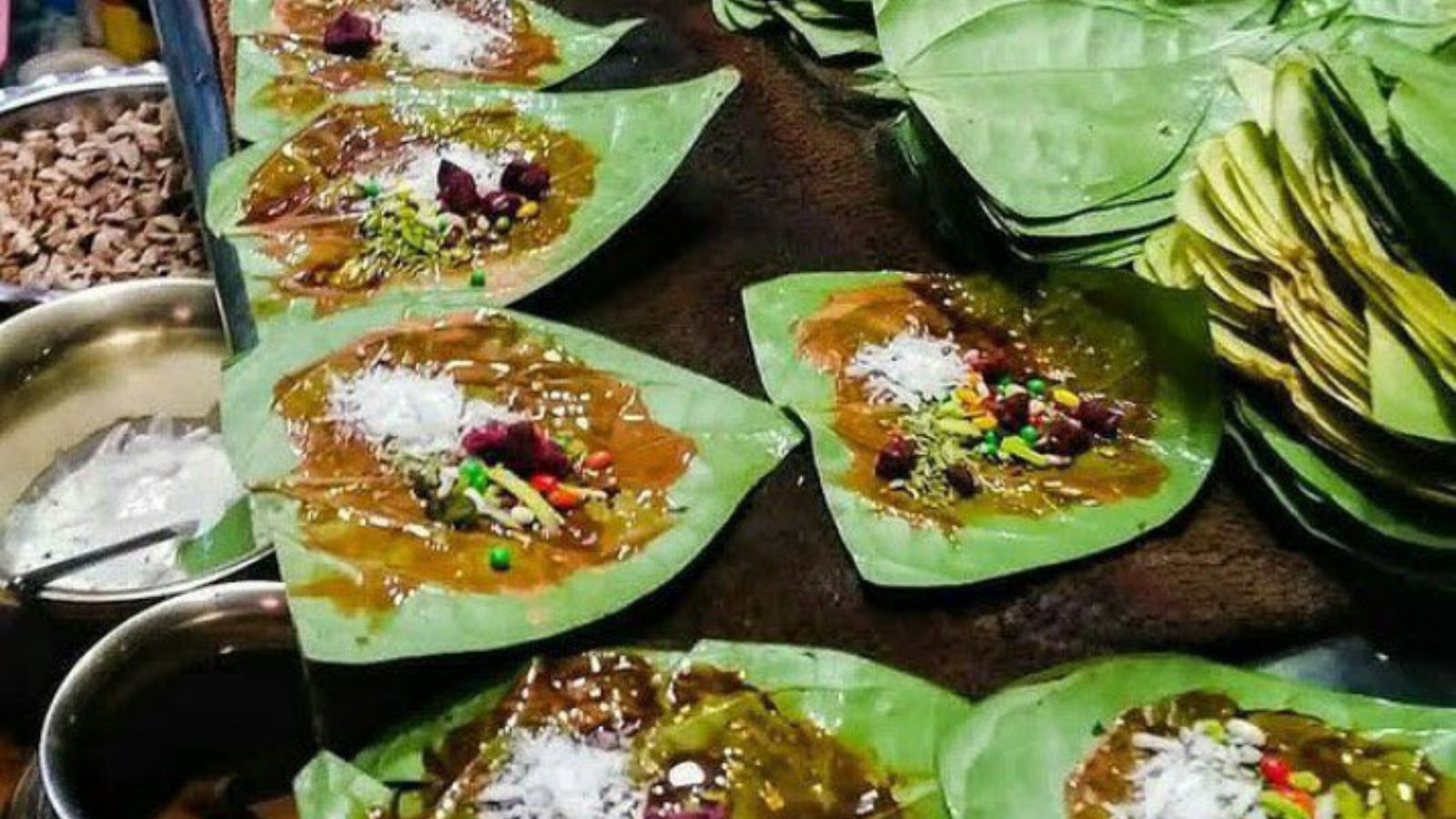If you’ve ever watched a paanwala at work, you may have noticed a small but significant ritual: the stem of the betel leaf is always snipped off before the leaf is smeared with chuna (lime), and filled with an assortment of other ingredients. But have you ever wondered why this is done? The answer lies in a fascinating blend of practicality and centuries-old symbolism.
The betel leaf, or paan, is prized for its fresh, peppery flavor and smooth texture. However, the stem (also called the stalk) is quite different from the rest of the leaf. It is fibrous, tough, and can be slightly bitter. These qualities can make its consumption unpleasant as the bitterness can overpower the delicate blend of flavors inside the paan.
Beyond taste and texture, the act of cutting the stem is steeped in cultural and spiritual significance. Ancient Indian texts, such as the Sushruta Samhita, ascribe symbolic meanings to different parts of the betel leaf:
- The front of the leaf is said to represent Lakshmi, the goddess of wealth and prosperity.
- The edges symbolize Shiva, the powerful god of transformation.
- The stalk (stem) is associated with Yama, the Lord of Death.
Because of this association with Yama, the stem is deemed inauspicious. Including it in paan, especially when it is to be offered during religious rituals or served to guests, is believed to invite negativity or misfortune. Hence, it is removed.



